The term 'modern classic' may well be an oxymoron. And to the uninitiated, even the best modern classic car could be mistaken for just another piece of street furniture.
But if the expression is good enough for Penguin Publishing, frankly it’s good enough for us. I for one can certainly see the parallels between a Mercedes G-Wagen and The Great Gatsby, a Lamborghini Diablo and A Clockwork Orange and a Lada Niva and Animal Farm.
In years gone by, the word 'classic' conjured images of old boys in MGBs, en route to the Dog and Duck’s annual autojumble. Modern car mags and websites stuck well clear of the word.
At the same time, classic car publications were keen to not alienate their audiences with cars whose readers might think were better suited to a McDonald’s car park.
But today electric cars, clean air zones and speed cameras are battering enthusiasts at either end of the car venn diagram into the eventual intersection: the modern classic.
Dave Edmonton, founder of Pistonheads and a man Chris Harris described as the “biggest single influence on the car media area in the last 20 years” summed it up perfeclty: “Rarity, nostalgia and relative affordability all at once? What’s the catch?”
What are modern classic cars?
Like with the aforementioned book series, modern classic cars are game-changing in their own right, and the specifics about age are purposefully vague.
Ed Callow from online auction platform Collecting Cars told us: “I think at their core, modern classics are the ‘democratised’ part of the collector car market. It’s not easy to pinpoint specific start and end years for the modern classic era, but what we tend to mean is vehicles produced in the 1980s, 1990s, and very early 2000s – from the modern period of car design and construction."
For the purpose of this list, we've kept it to cars from after 2000.
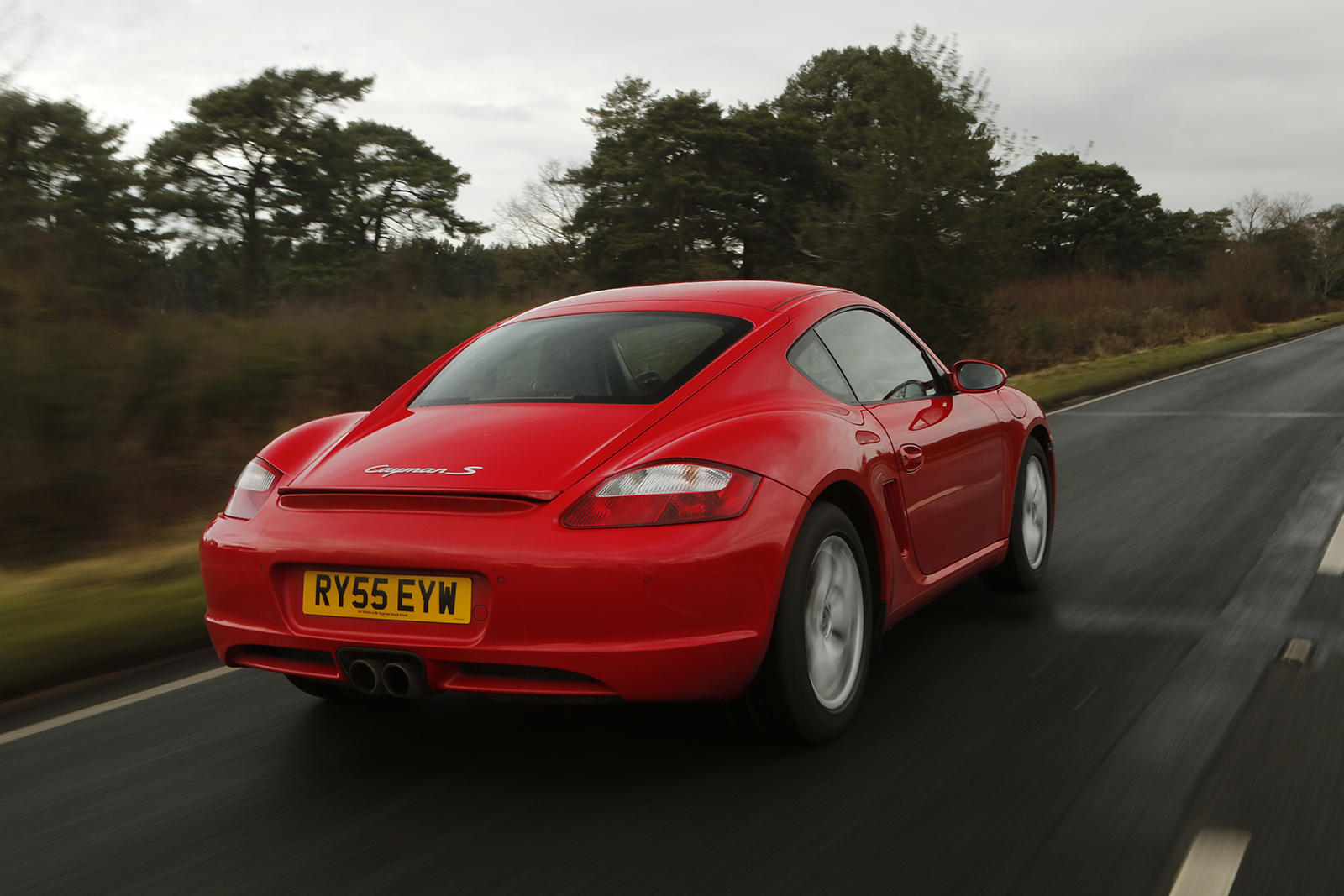
Price range: £7000 - £30,000
The Porsche Cayman sits on many an enthusiast’s shopping lists – and for good reason. Here is a modern flat-six Porsche coupé that has the engine in a sensible place, meaning you can take liberties that you just can’t in a Porsche 911 of the same vintage.
The precise six-speed manual gearbox brings all the delights of an analogue driving experience, especially as it's teamed with well-weighted pedals. And it's agile, keen to change direction and importantly, accesible to the average driver.
Sure, the PDK automatic added with the car's 2009 facelift may grant you access to its engine's full potential, with lightning-fast shifts, but you also have to deal with hateful little shift buttons positioned on the face of the steering wheel.
Opt for an earlier auto Cayman and you also have to put up with the slow-moving Tiptronic S auto, an old-school five-speed torque-converter. It's best avoided.
The 3.4-litre 291bhp S (whose powerplant derived from that in the contemporary 911 Carrera) kicked things off, but a more affordable 2.7-litre unit with 242bhp was introduced soon after launch. From 2009, the 2.7 was replaced by a new 2.9 with 261bhp, while the 3.4 was cranked up to 315bhp.
The 3.4 offers better value for money but suffers from bore scoring, which can be incredibly costly to put right. It's worth having a specialist perform a borescope to check for the ailment before or soon after you buy.
And that's only relative value for money. Can a Cayman ever be a low-cost Porsche? Pull the other one. There’s no such thing. This car has a two-year/20,000-mile service schedule, but experts recommend an annual check-up. New brake discs and pads will broadly cost around £2300.
It is effectively a coupé version of the Porsche Boxster, and at launch the S was around £5000 more expensive than its rag-top brother. Prices previously reflected that, but now they’re getting closer to parity.
Read our Porsche Cayman review


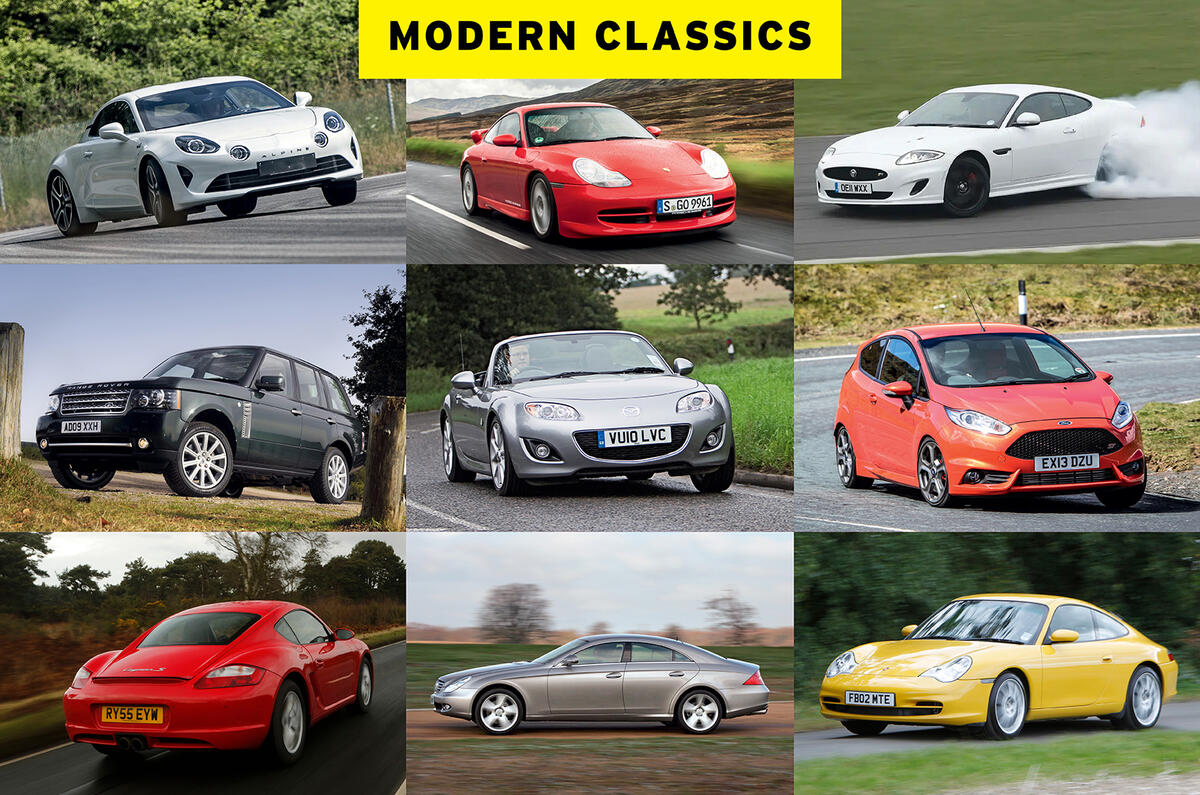

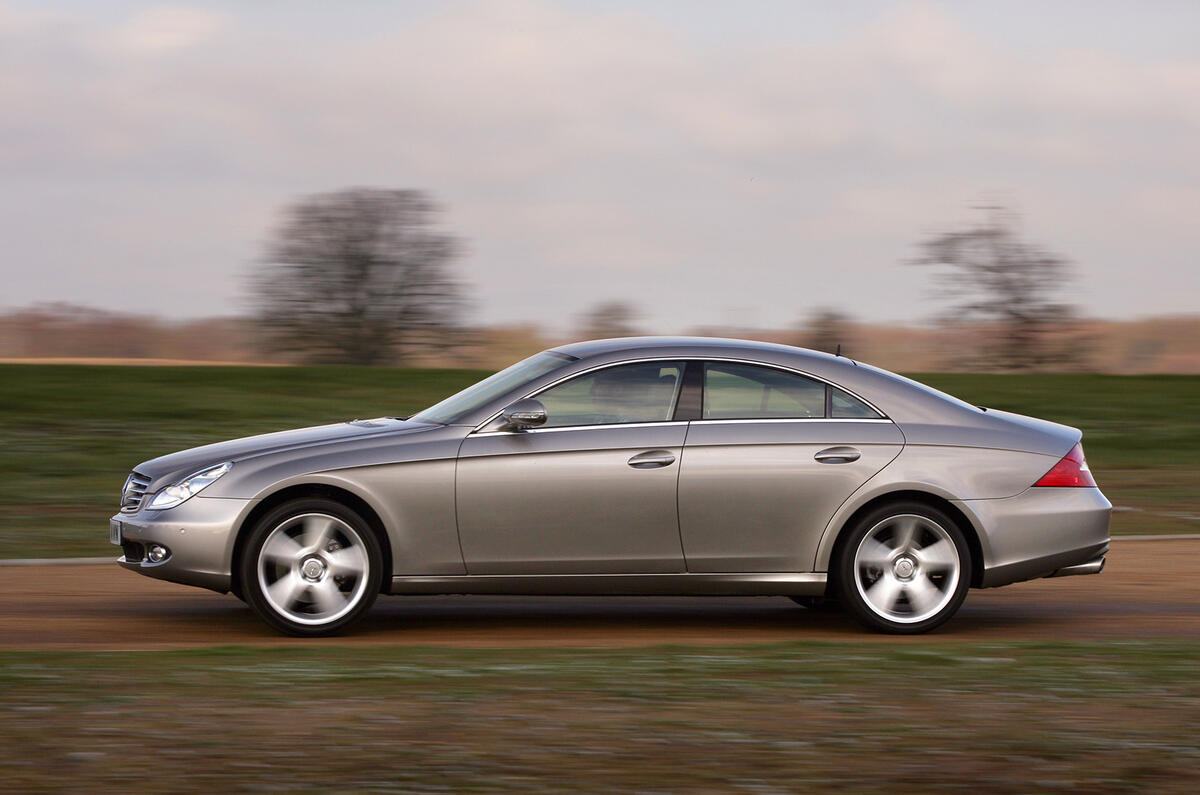







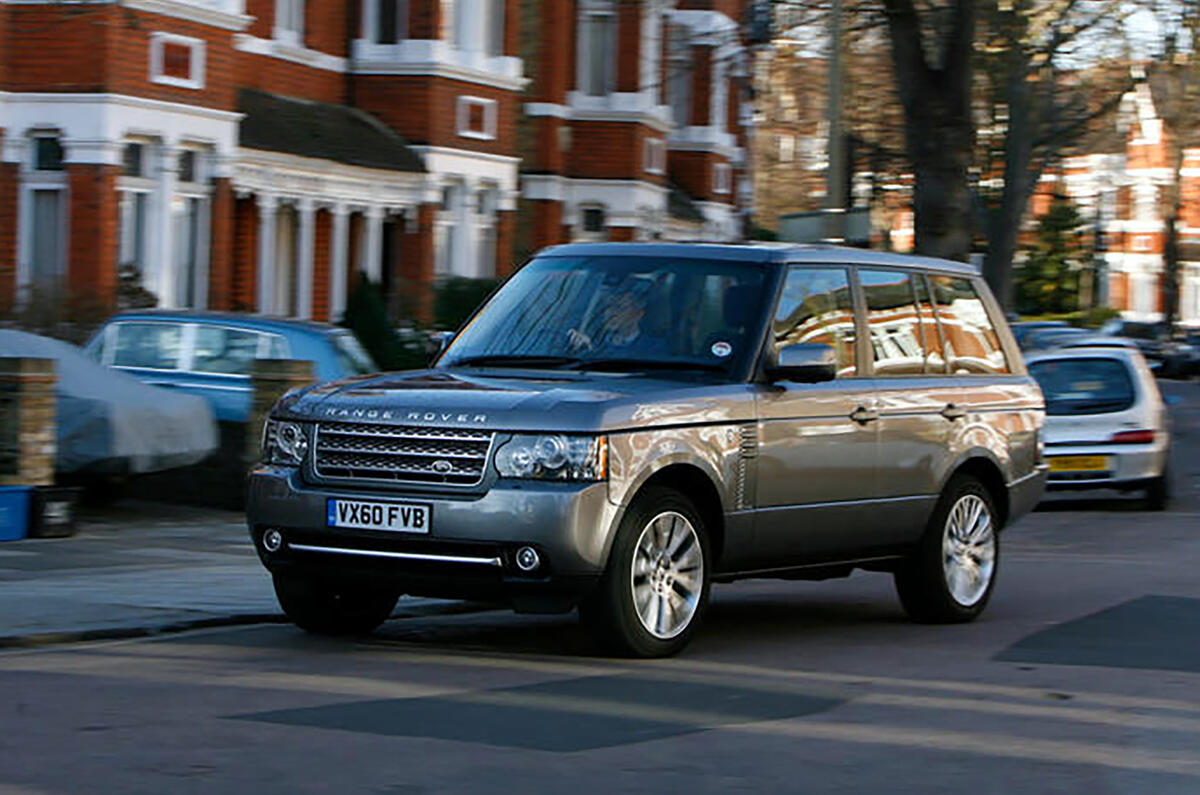
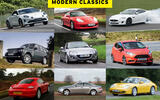











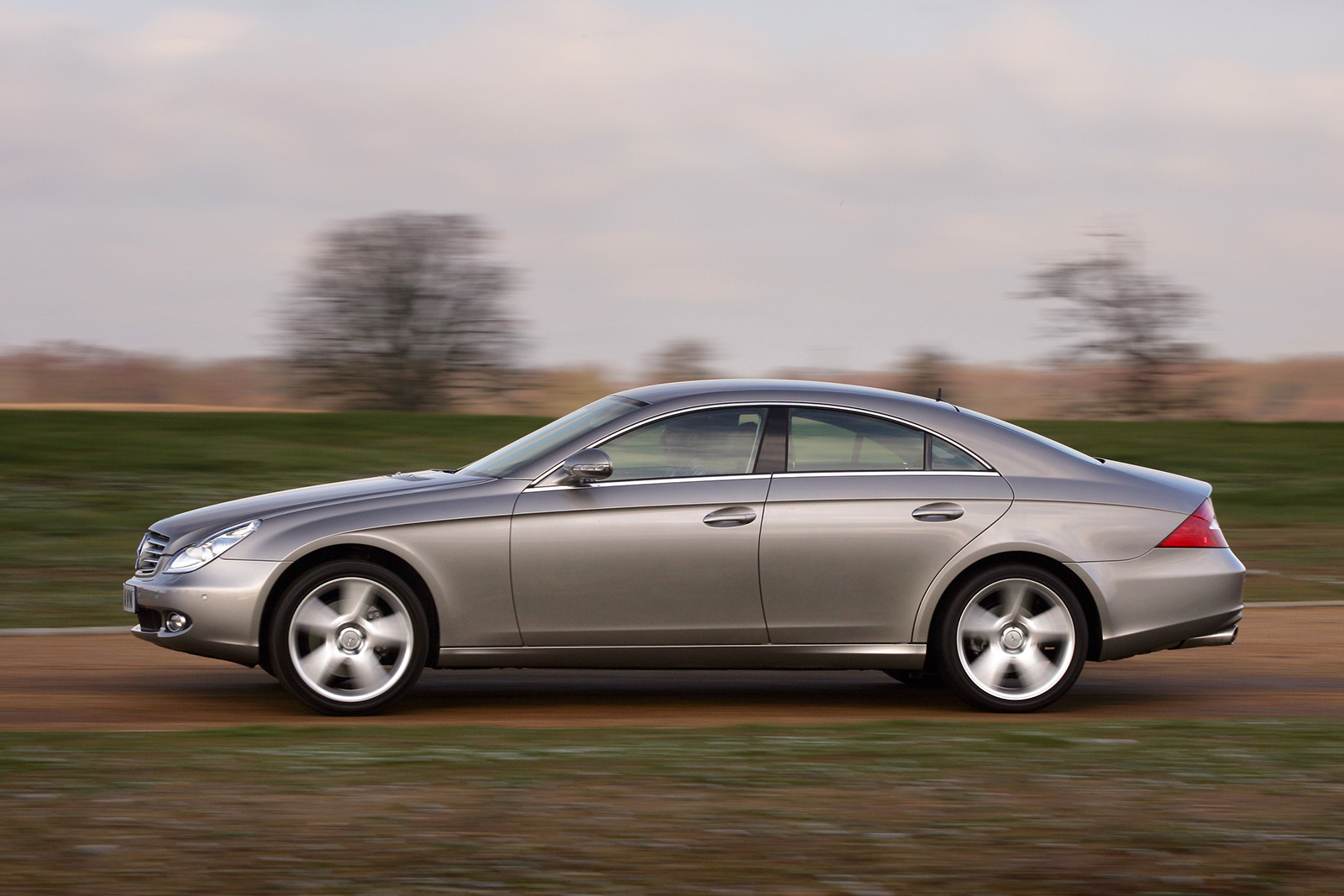
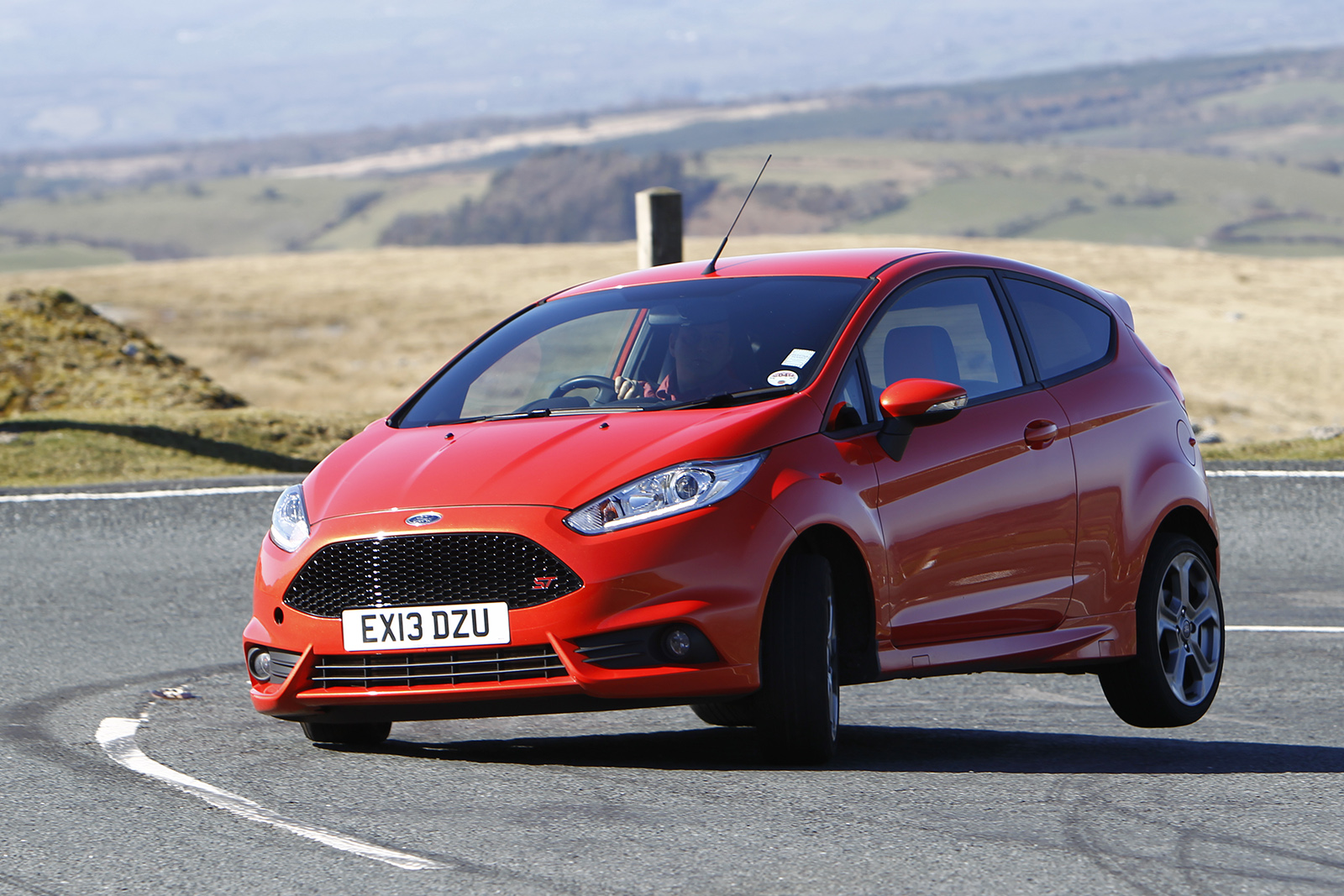
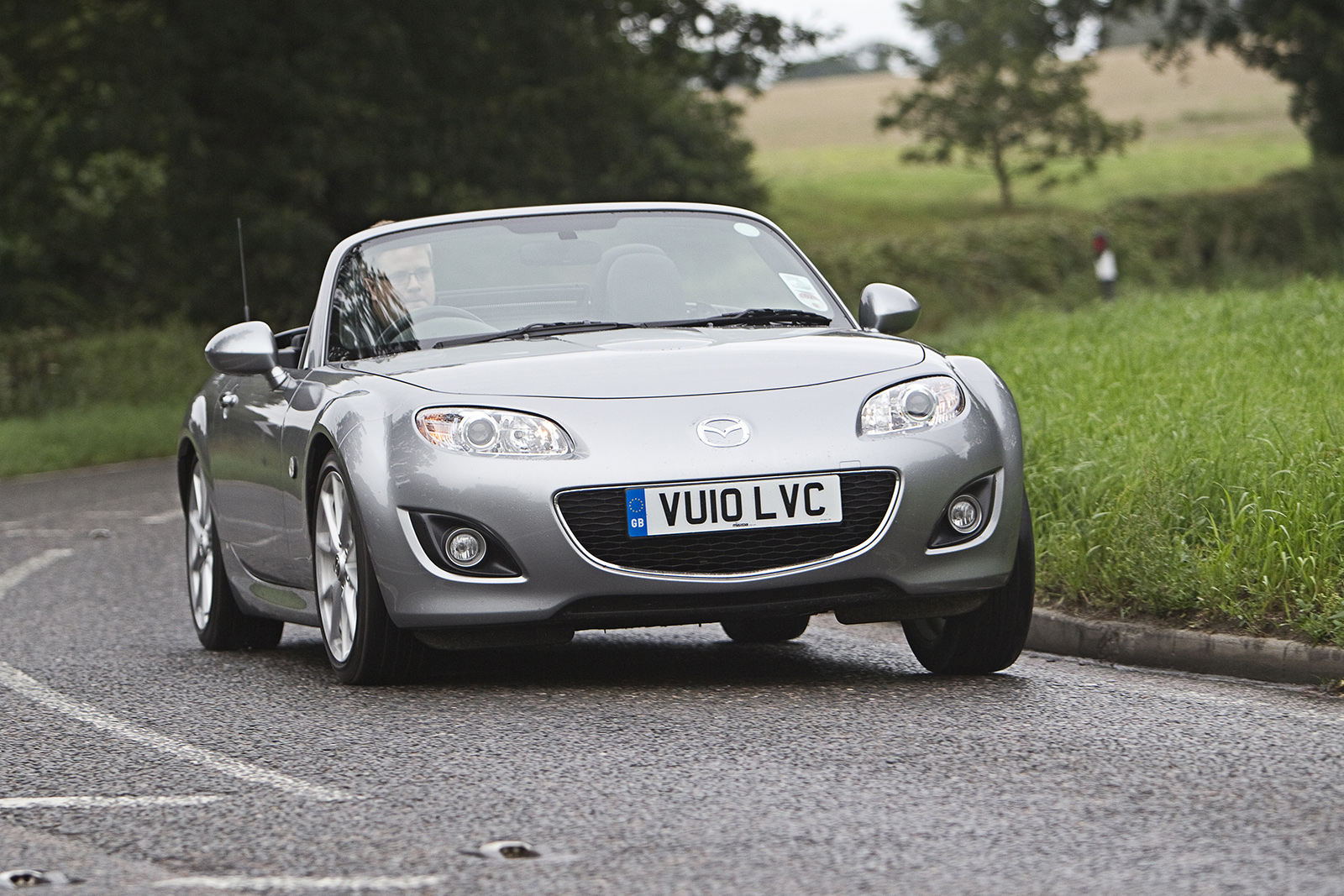
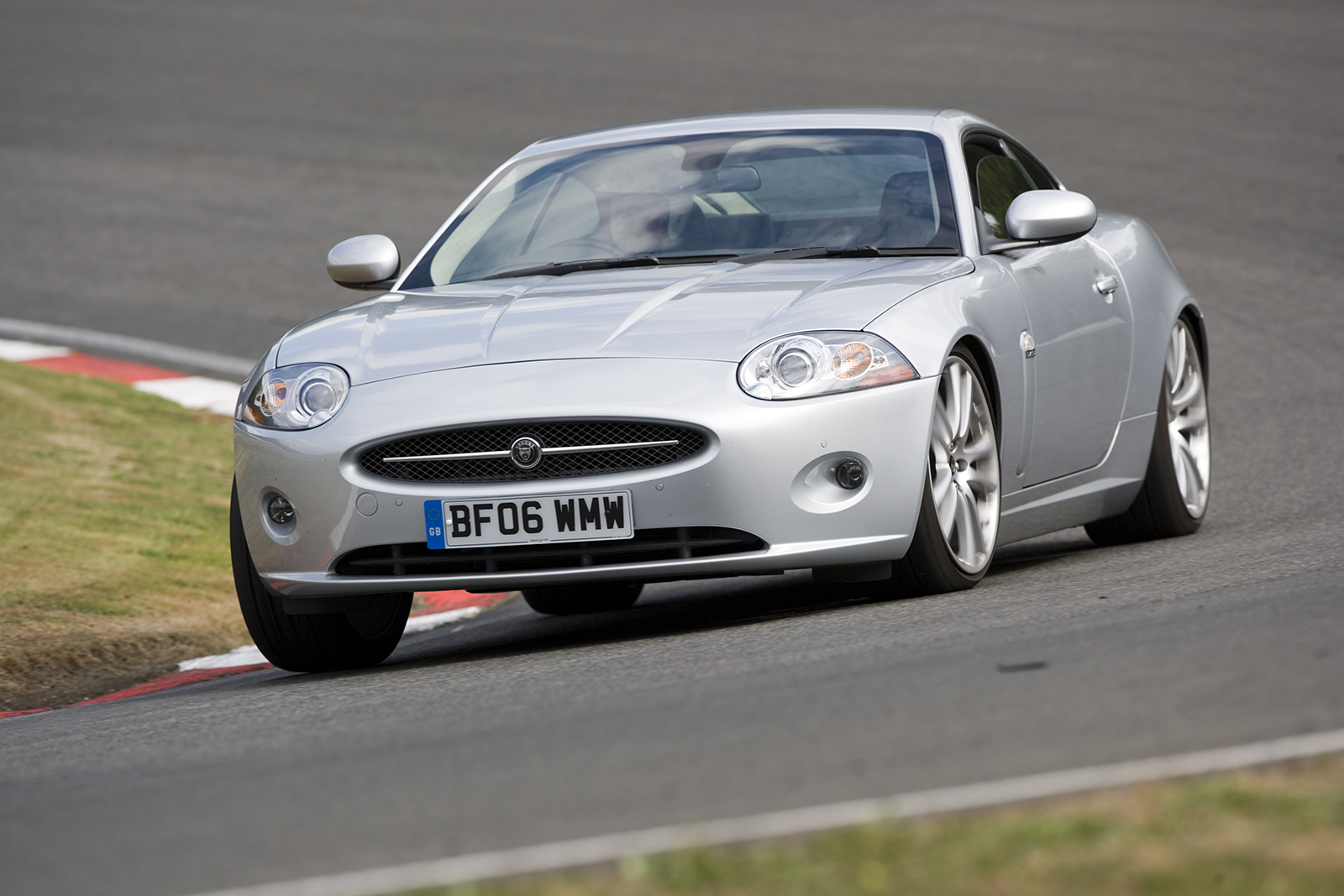
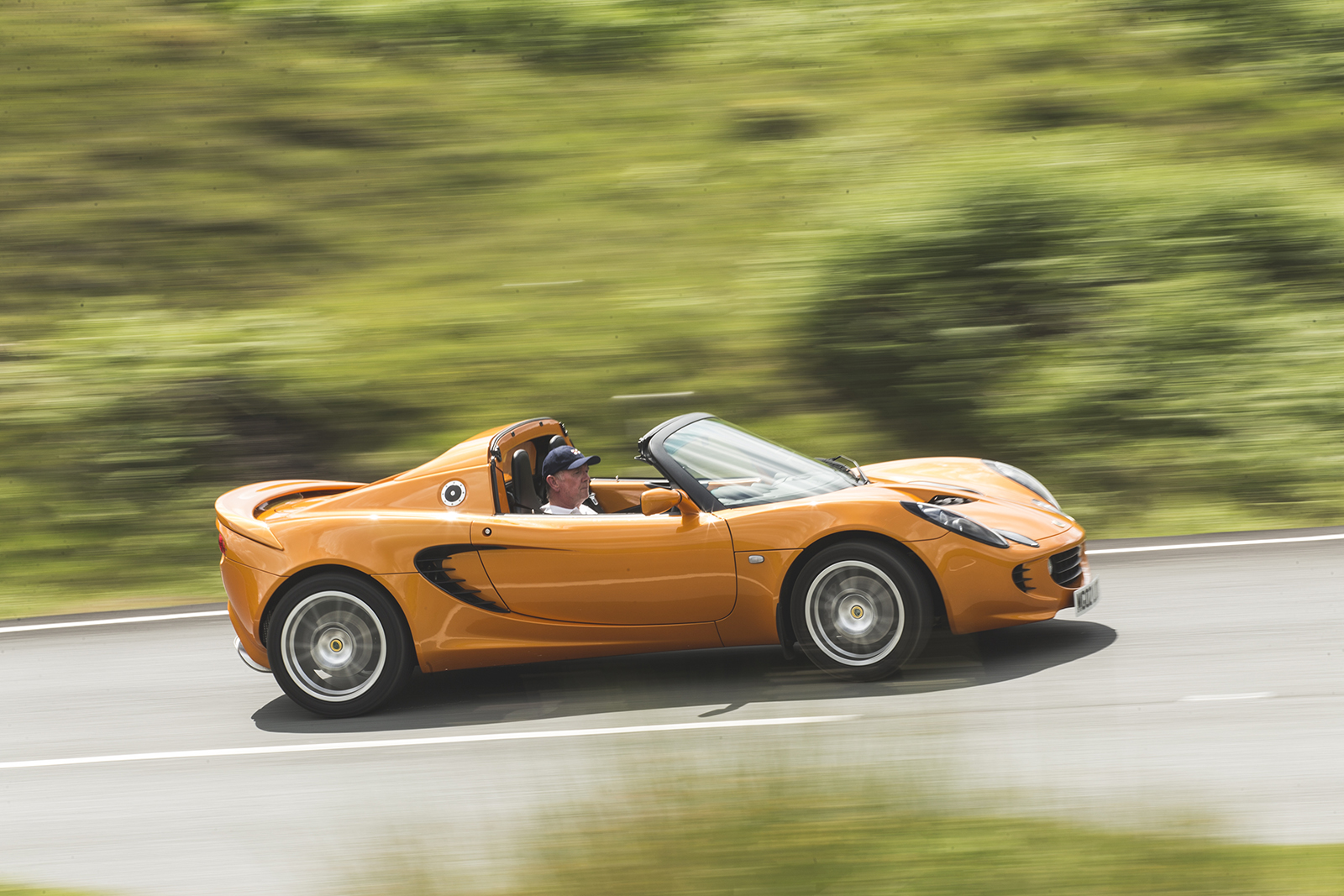
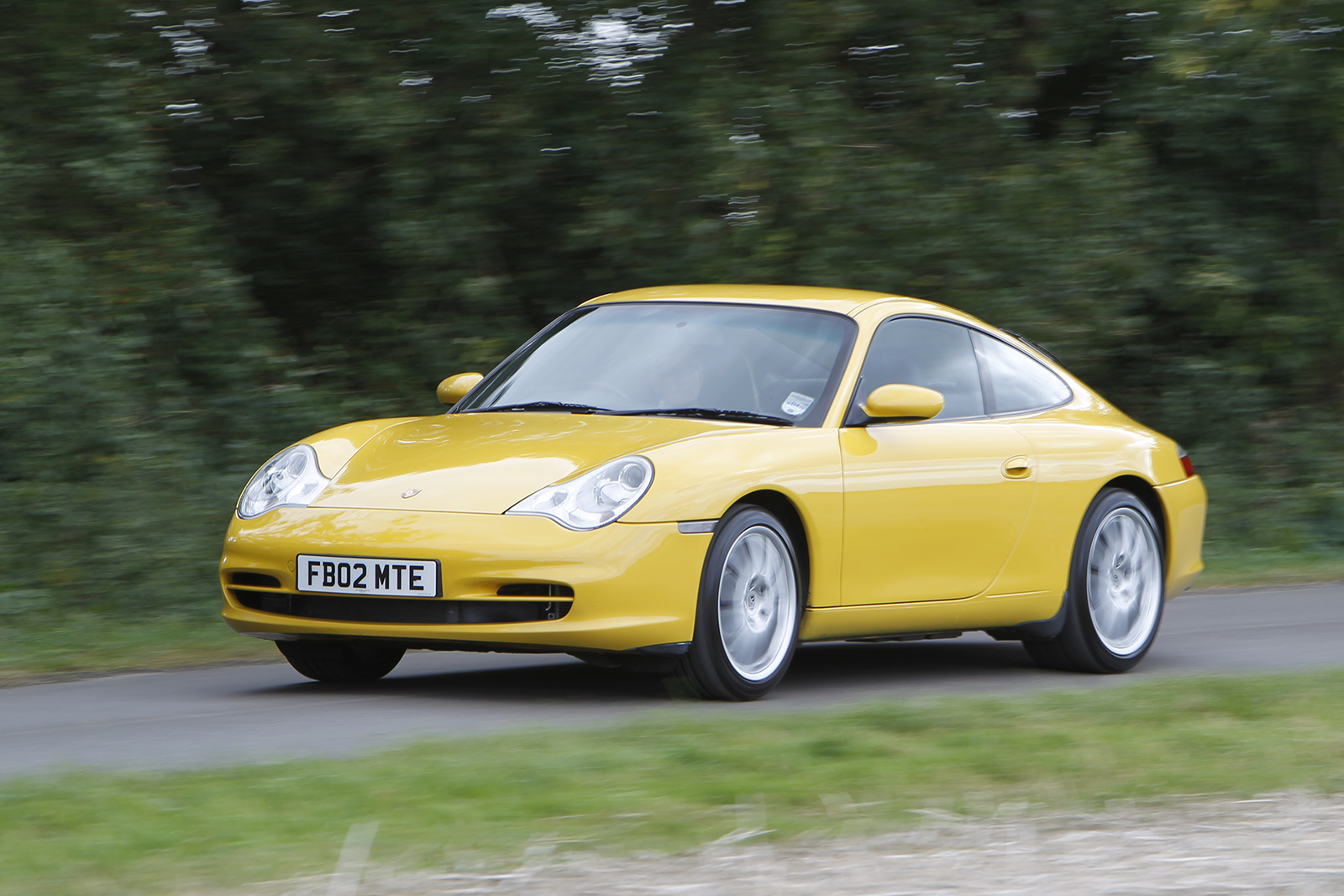
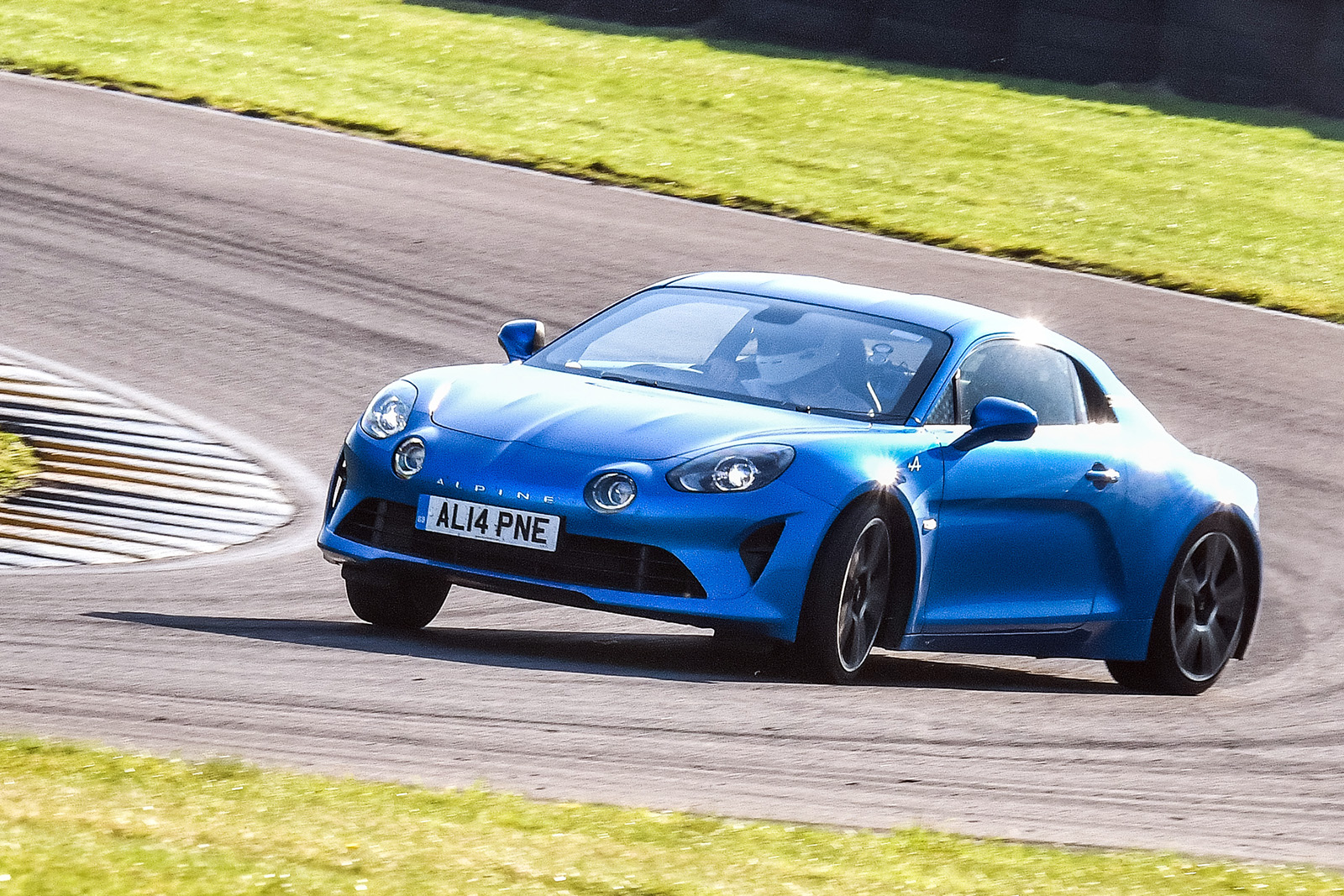
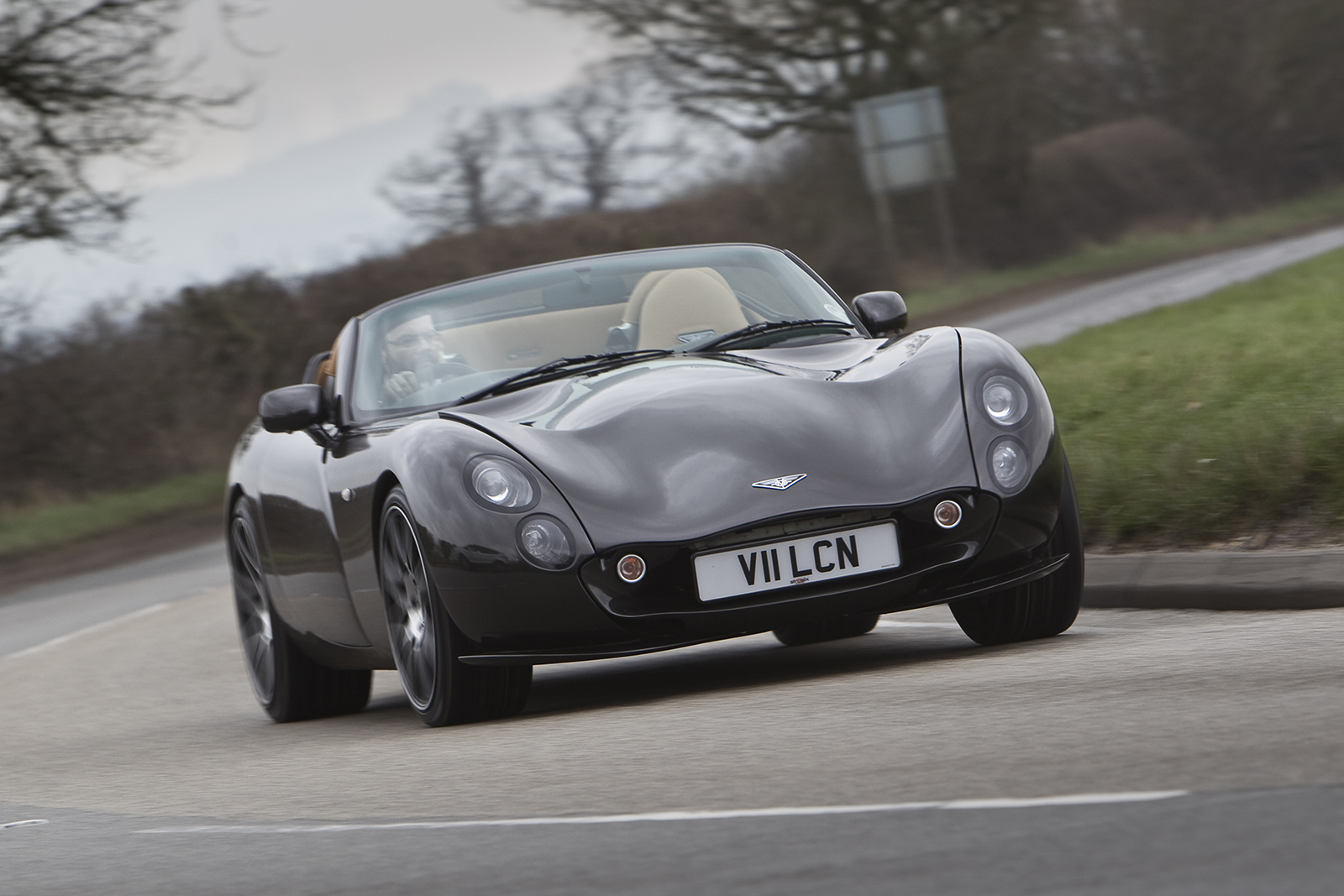
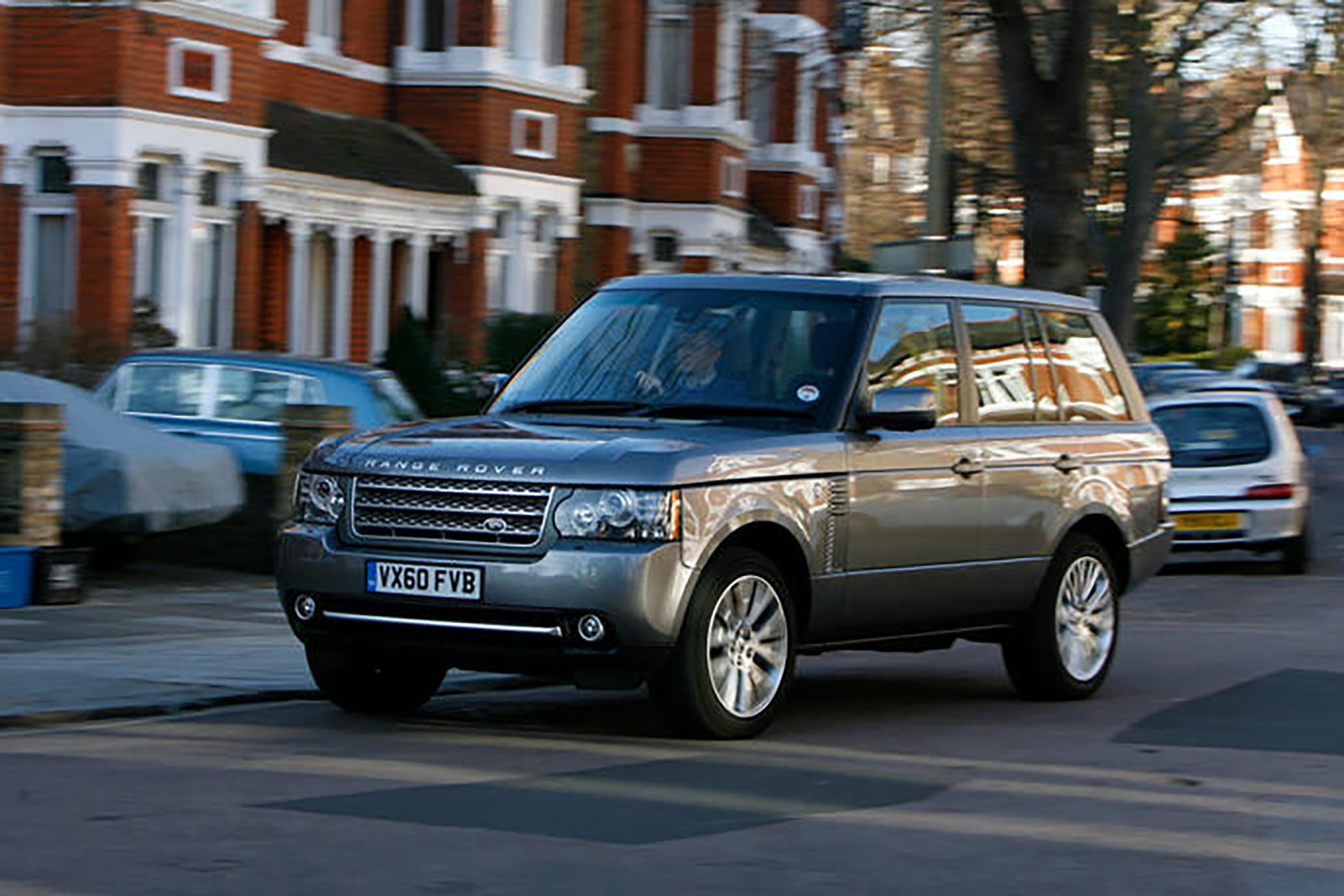





Join the debate
Add your comment
Out of the list, only the CLS, Fiesta, and Range Rover seem to be candidates.The other cars on the list are either too niche or too expensive to fix/run or both. Porsches seem over-rated (I have owned 2). My current car is a 10-reg E63 saloon and it trumps everything on the list.
Personally only the Alpine and the Cayman are certs, maybe the Fiesta ST if its lucky, 'Fast Ford's' usually become sought after at some point?